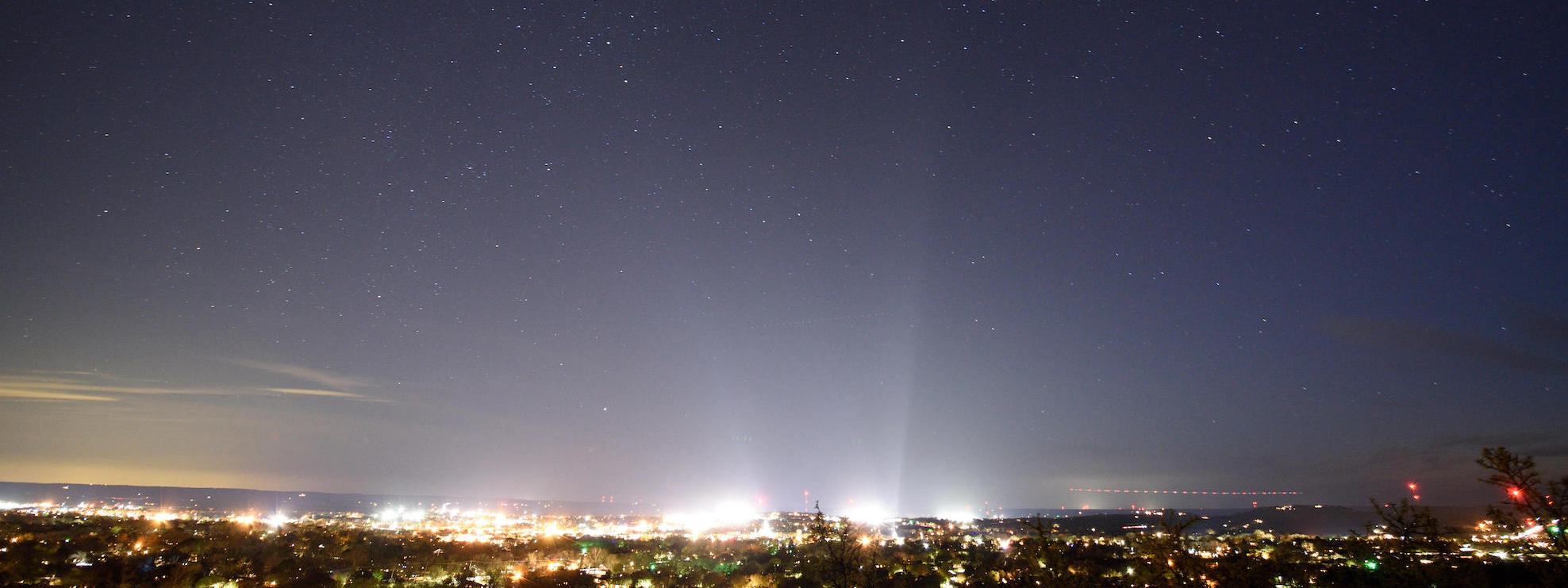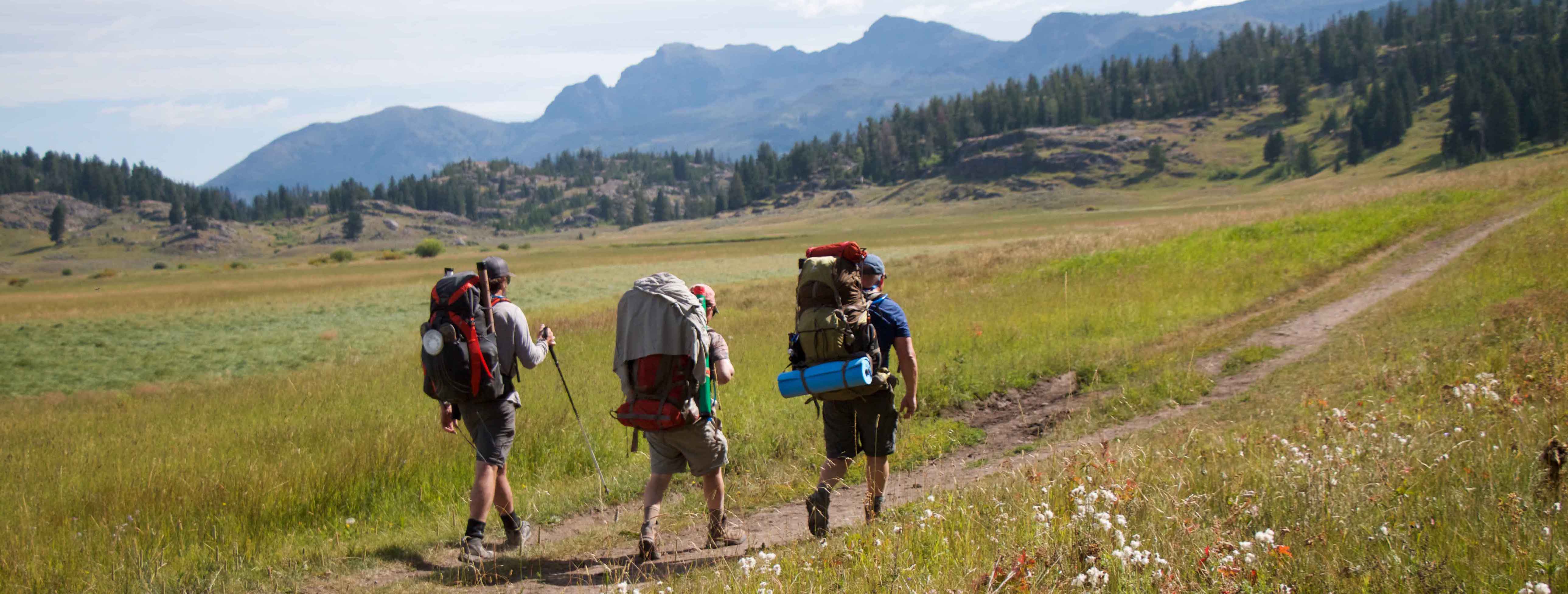The trees are mostly skinny where the hermit lives, but they’re tangled over giant boulders with deadfall everywhere like pick-up sticks. There are no trails. Navigation, for nearly everyone, is a thrashing, branch-snapping ordeal, and at dark the place seems impenetrable.
This is when the hermit moves. He waits until midnight, shoulders his backpack and his bag of break-in tools, and sets out from camp. A penlight is clipped to a chain around his neck, but he doesn’t need it yet. Every step is memorized.
He threads through the forest with precision and grace, twisting, striding, hardly a twig broken. On the ground there are still mounds of snow, sun-cupped and dirty, and slicks of mud—springtime, central Maine—but he avoids all of it. He bounds from rock to root to rock without a bootprint left behind.
One print, the hermit fears, might be enough to give him away. Secrecy is a fragile state, a single time undone and forever finished. A bootprint, if you’re truly committed, is therefore not allowed, not once. Too risky. So he glides like a ghost between hemlocks and maples and white birches and elms until he emerges at the rocky shoreline of a frozen pond.
—Michael Finkel
The Stranger in the Woods: The Extraordinary Story of the Last True Hermit
2017


